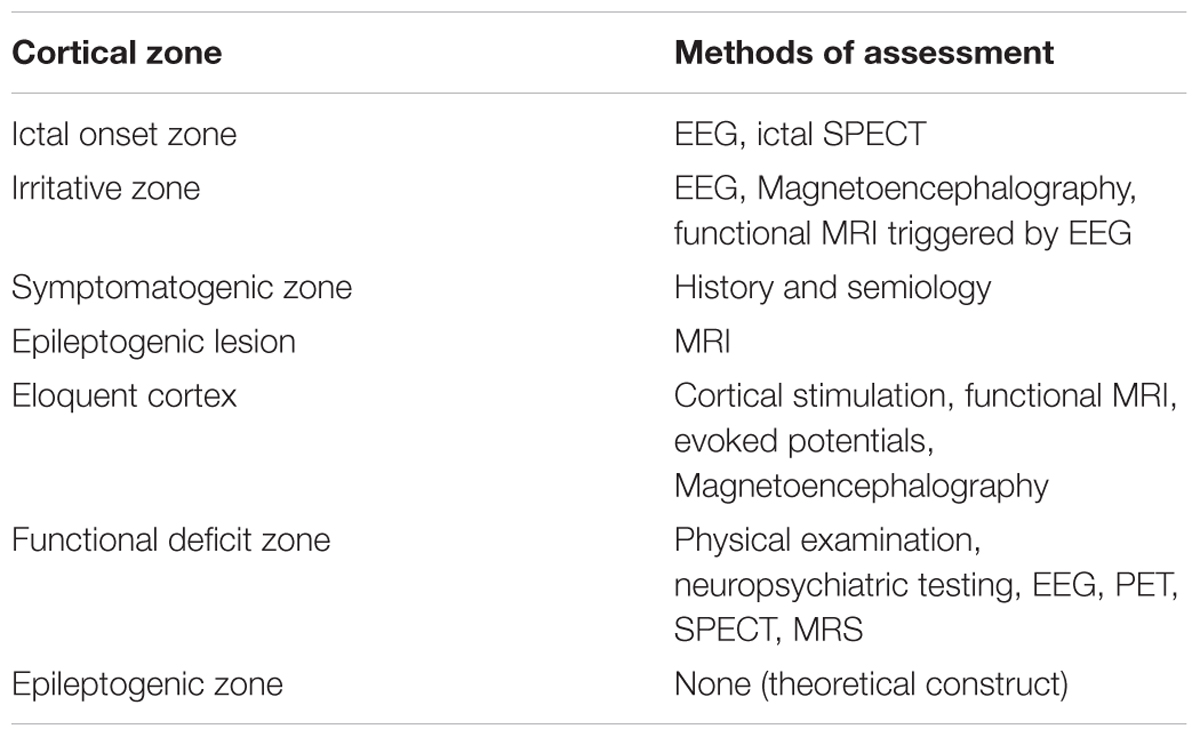
Posts with an empty body, only a link in the body, title copied into the body, and/or lack of information in the body Submissions consisting of the following are considered incomplete and will be removed: Please read our new rules page for more in-depth rules. Please do not submit the same issue more than once within 24 hours. Do everything you can to reduce the effort of the wonderful folks offering to help you.Īfter solving your problem, please mark it as solved by clicking 'flair' and confirming the 'solved' tag. State everything you have tried and all the guides/tutorials/sites you have followed as well as why they were unsuccessful. Try to research your issue before posting, don't be vague. The subreddit is only for support with tech issues. Please include your system specs, such as Windows/Linux/Mac version/build, model numbers, troubleshooting steps, symptoms, etc. Live Chat ~Enter Discord~ Submission Guidelines Modelica is a general equation-based object-oriented language for continuous and discrete-event modeling of physical systems for the purpose of efficient simulation.Check out our Knowledge Base, all guides are compiled by our Trusted Techs. The language unifies and generalizes previous object-oriented modeling languages. It is bringing about a revolution in this area, based on its ease of use, visual design of models with combination of Lego-like predefined model building blocks, its ability to define model libraries with re-usable components and its support for modeling and simulation of complex applications involving parts from several application domains. In this paper we present the Modelica language with emphasis on its language features and one of the associated simulation environments. Simulation models can be developed in an integrated problem-solving environment by using a graphical editor for connection diagrams. Connections are established just by drawing lines between objects picked from a class library. The principles of object oriented physical systems modeling and the multi-domain capabilities of the language are presented in the paper by several examples.Īutonomous driving simulators are commonly used to develop autonomous driving systems (ADS) since they provide the flexibility to experiment with scenarios that could even be dangerous in a real setting. This flexibility, however, comes with the possibility of experimenting with unrealistic scenarios. To this end, we present an initial co-simulation framework integrating OpenModelica and CARLA to enable real-time communication between them.


As a proof of concept, we experimented with two Modelica models (air resistance and energy consumption).

We connected the two models with CARLA to enable real-time communication between them to ensure the realism of scenarios in addition to connecting CARLA with OpenWeather through its API to access real weather conditions. We conducted experiments with a specific virtual electric vehicle (Tesla Model 3) running on the Town06 map in CARLA. Results provide preliminary evidence that co-simulation with Modelica models improved the realism of the virtual vehicle in CARLA.Īdaptive building envelopes can dynamically adapt to environmental changes, often supported by a control system. Although adaptive building envelopes can play a significant role in improving thermal building performance, uncertainties and risks have led to a slow uptake in the built environment. A reason for this is the reluctance of practitioners to consider integrating adaptive building envelopes in building design. This may be due to Building Performance Simulation (BPS) tools that can be employed for performance prediction of design proposals with adaptive building envelopes.

However, a shortcoming of existing tools is their limited adaptation that hinders proper modelling of the influence of control decisions on the dynamic behaviour of these building envelopes. This thesis investigates an approach for the integrated modelling of control and adaptive building envelope. To this aim, an interview-based industry study with experts in adaptive building envelope simulation was conducted.


 0 kommentar(er)
0 kommentar(er)
